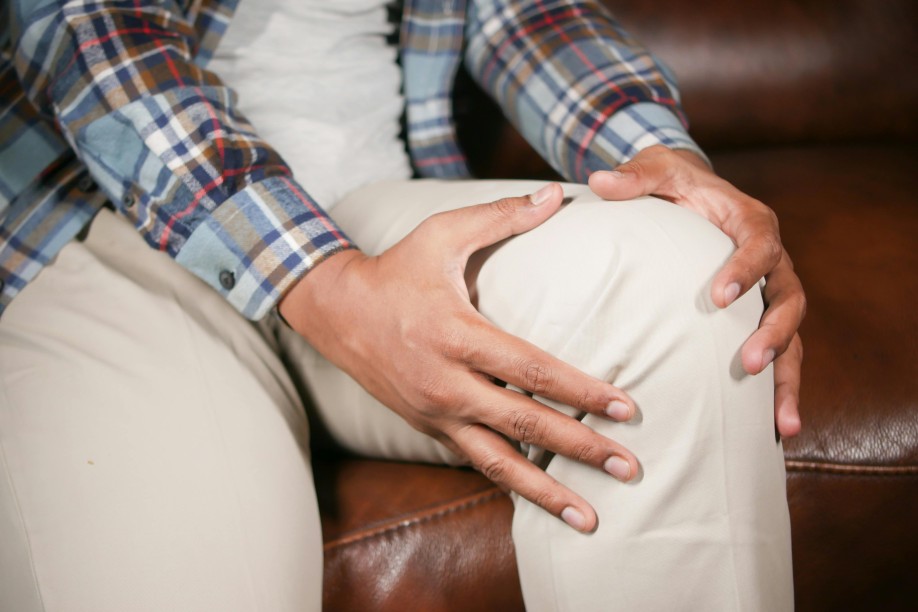Getting a knee replacement is a big step, and physical therapy plays a huge role in helping you recover. The right exercises and guidance can make the difference between regaining full mobility and struggling with stiffness or pain for months. Here’s what you need to know about physical therapy for knee replacement.
Why Physical Therapy Matters After Knee Replacement
After surgery, your knee needs to regain strength, flexibility, and stability. The joint has been replaced, so it isn’t just about healing—it’s about retraining your muscles and learning to move safely. Physical therapy helps you:
- Reduce stiffness and swelling
- Improve range of motion
- Build strength in surrounding muscles
- Regain balance and stability
- Prevent complications like blood clots or joint misalignment
Skipping physical therapy can slow your recovery, and in some cases, lead to long-term limitations.
When to Start Physical Therapy
Most patients start therapy within a day or two of surgery in the hospital. Early movement helps prevent stiffness and swelling. After you go home, therapy usually continues for several weeks to months.
Your physical therapist will tailor the plan to your pace. It’s normal to start with gentle exercises like bending and straightening the knee while lying down or sitting. Over time, you’ll progress to standing and walking exercises.
What to Expect in a Physical Therapy Program
A typical program includes:
- Range-of-Motion Exercises
- These exercises help your knee bend and straighten without pain.
- Examples: Heel slides, seated knee bends, gentle stretching.
- Strengthening Exercises
- Focus on muscles around the knee and the hip to support the new joint.
- Examples: Quad sets, straight leg raises, mini-squats (as recommended).
- Balance and Gait Training
- Your therapist may guide you in walking properly, using assistive devices if needed.
- Balance exercises reduce the risk of falls as you regain strength.
- Functional Training
- Later stages may include climbing stairs, sitting down and standing up safely, and getting in and out of cars.
Tips for a Successful Recovery
- Follow your therapist’s instructions: Don’t skip sessions or overdo exercises. Recovery takes time.
- Do your exercises at home: Short daily sessions can make a big difference.
- Manage pain wisely: Use ice, elevation, and medications as directed. Pain may limit movement, but mild discomfort is normal.
- Watch for warning signs: Excessive swelling, redness, or severe pain should be reported to your doctor.
Common Challenges and How to Overcome Them
- Swelling and Stiffness
- Swelling is normal for the first few weeks. Ice packs, elevation, and gentle movement help.
- Fear of Movement
- Many patients are afraid to bend or put weight on the new knee. Remember, controlled movement is safe and essential.
- Slow Progress
- Everyone heals differently. Don’t compare your recovery to others. Stick to your plan, and celebrate small improvements.
How Long Does Physical Therapy Last?
Most patients continue therapy for 6–12 weeks, but some may need longer depending on age, overall health, and activity level. Regular follow-ups with your therapist help track progress and adjust exercises.
Extra Tips for Everyday Life
- Use supportive footwear: Shoes with good grip reduce strain.
- Avoid high-impact activities early: Running or jumping should wait until your therapist clears you.
- Incorporate gentle daily activity: Walking short distances, cycling on a stationary bike, or swimming can help.
- Listen to your body: Mild soreness is normal; sharp pain is a signal to stop and ask your therapist.
Bottom Line
Physical therapy is essential after a knee replacement. It helps you regain mobility, strength, and independence while reducing the risk of complications. Start early, follow your plan, and stay consistent. Your new knee will thank you.



%402x%20(2).svg)